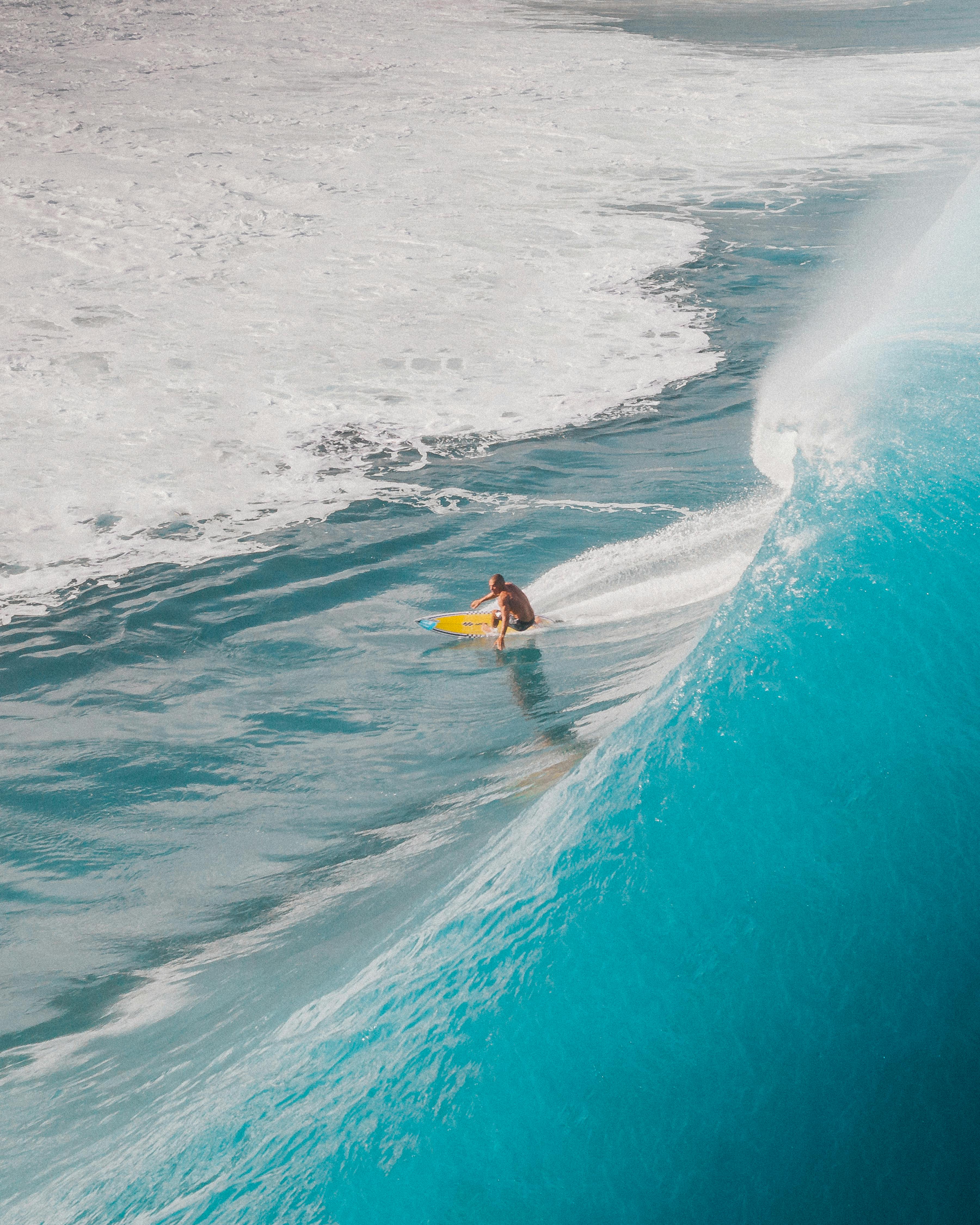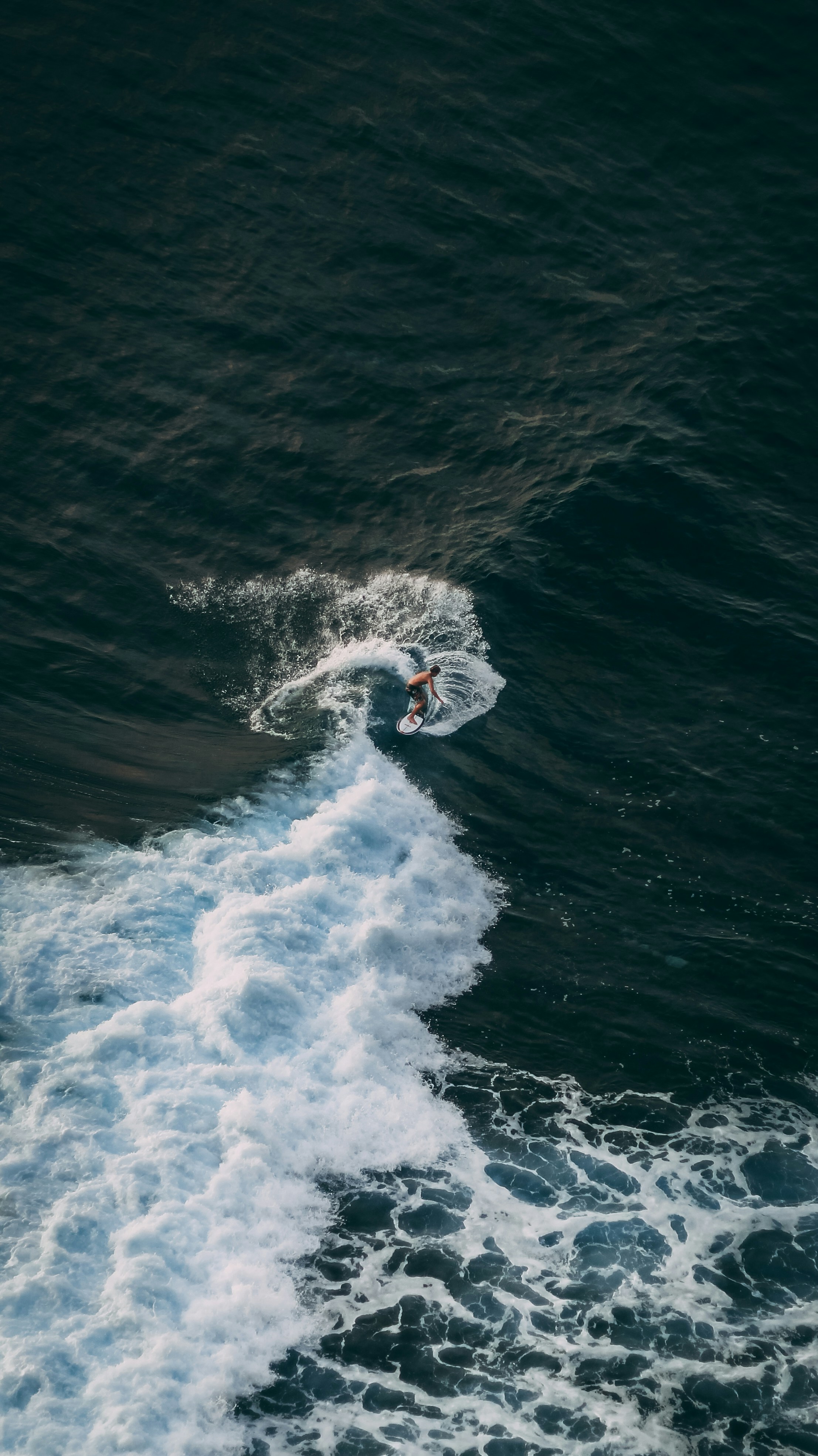Want to Surf Better? Start by Looking Where You Want to Go
It sounds too simple to matter – but in surfing, your body follows your eyes.
If you’re not looking where you want to go, you’re either going to cut turns short, run into trouble, or drift into the wrong part of the wave.
Here’s how to use this principle to improve everything from turns to collision avoidance.
1. Your Board Follows Your Eyes
Whether you’re doing a bottom turn, trimming high, or aiming for the lip – your body will naturally move toward whatever you’re looking at.
If you stare at the shoulder during a bottom turn? You’ll head there every time.
If you glance down at your nose? You’ll stall or nose-dive.
Look at the section you want to hit, and your body will align to make it happen.
2. Peripheral Vision = More Wave Awareness
Looking up and scanning with your peripheral vision lets you:
- See the wave’s shape changing
- Spot sections before they form
- Identify hazards or other surfers early
Beginners often stare at their board, reacting to every wobble. Looking up stabilizes you and lets your brain process the environment so you can choose a better line.
3. Avoid Collisions by Looking Away From People
If you fixate on another surfer you’re trying to avoid, you’ll unconsciously steer toward them – a common human reaction.
Instead:
- Look to open water
- Point your knees and hands toward your exit path
- Trust your board to follow your body’s signal
4. Follow Through on Turns
Stopping your gaze mid-turn kills the movement.
Look through the turn, all the way to where you want to end up.
This keeps your rotation alive, your board engaged, and your lines smoother.
5. Practice on Land or Skateboard
On a skateboard, try turning in a circle while looking through the arc.
When you focus on a fixed point, the turn fades. When you look back into the arc, the turn sharpens again.
Surfing works the same way – you’re constantly redirecting with your eyes.
How TRAX Helps You See (and Use) More of the Wave
TRAX can show:
- How early you start your turns
- Whether your lines are tight or drifting wide
- The impact of head and body alignment on speed and flow
Pairing this data with mindful visual habits lets you shape your lines with purpose, not luck.
Related Reading:
→ Still surfing like a robot? Here’s how to surf fluidly — Follow-through and flow start with vision and movement
→ How to surf bigger waves without panicking — Control fear so you can commit to your lines
→ Frustrated with your surfing? That’s where progress starts — The mindset shifts that make technical changes stick

.jpg)






